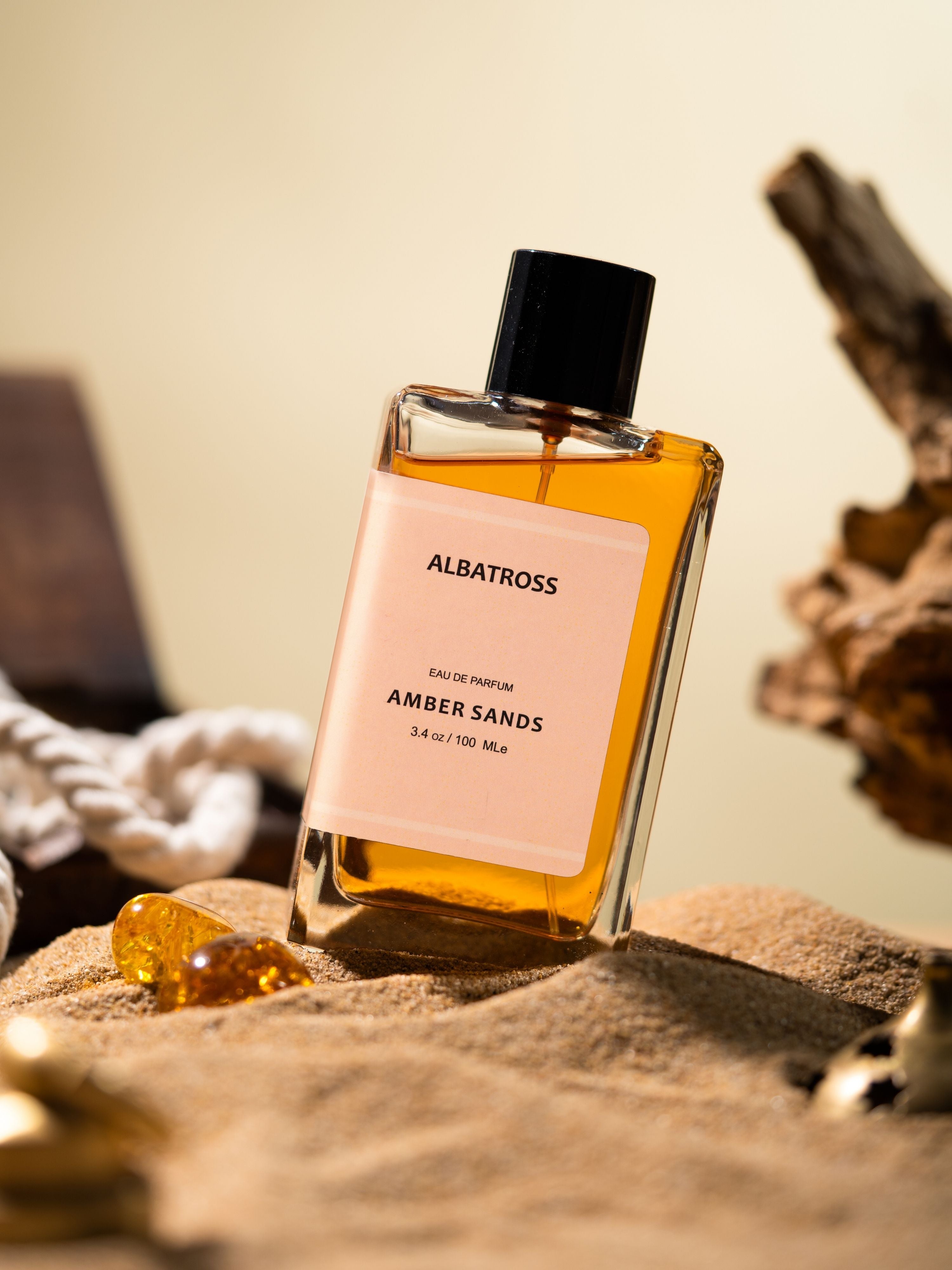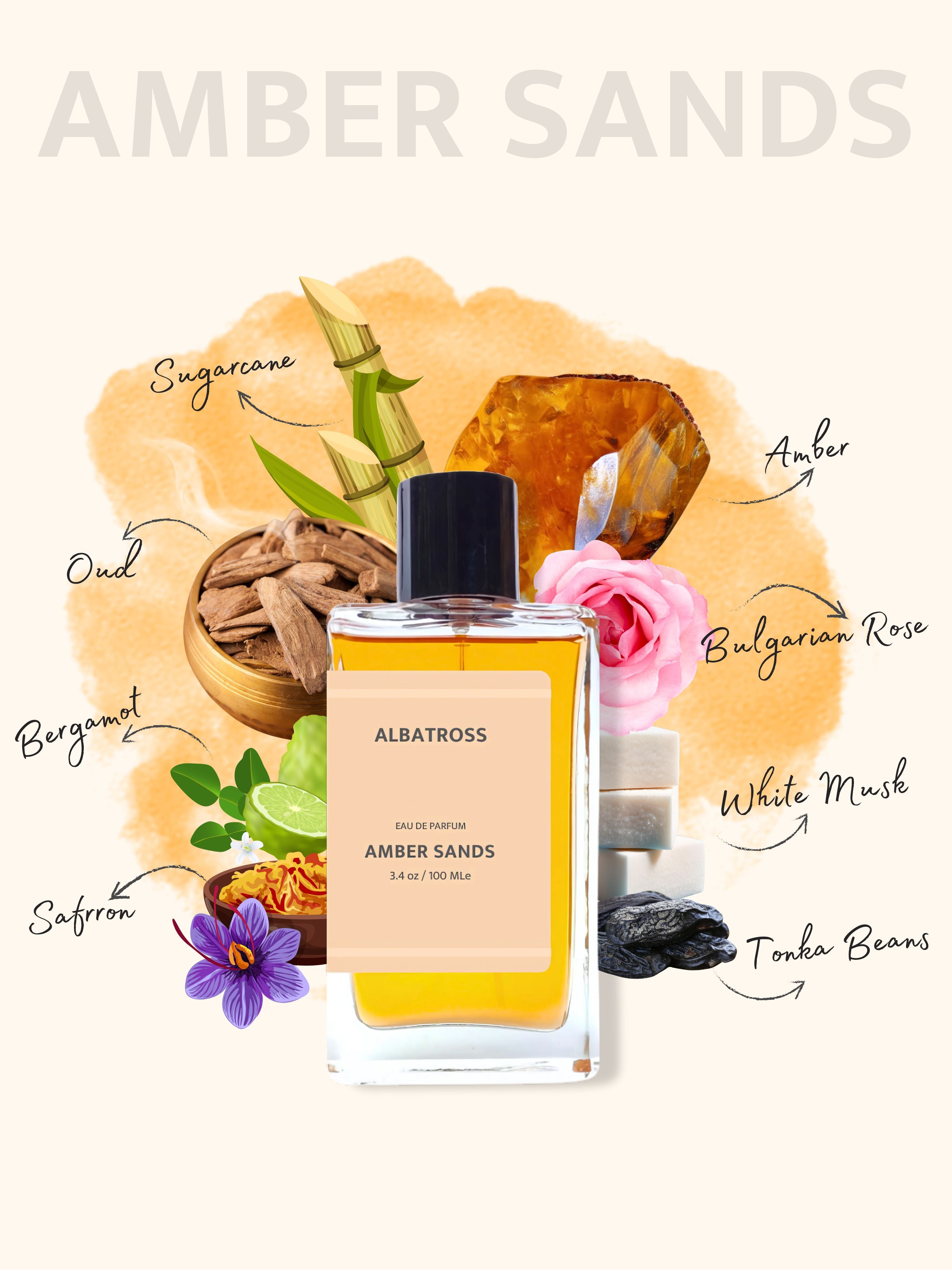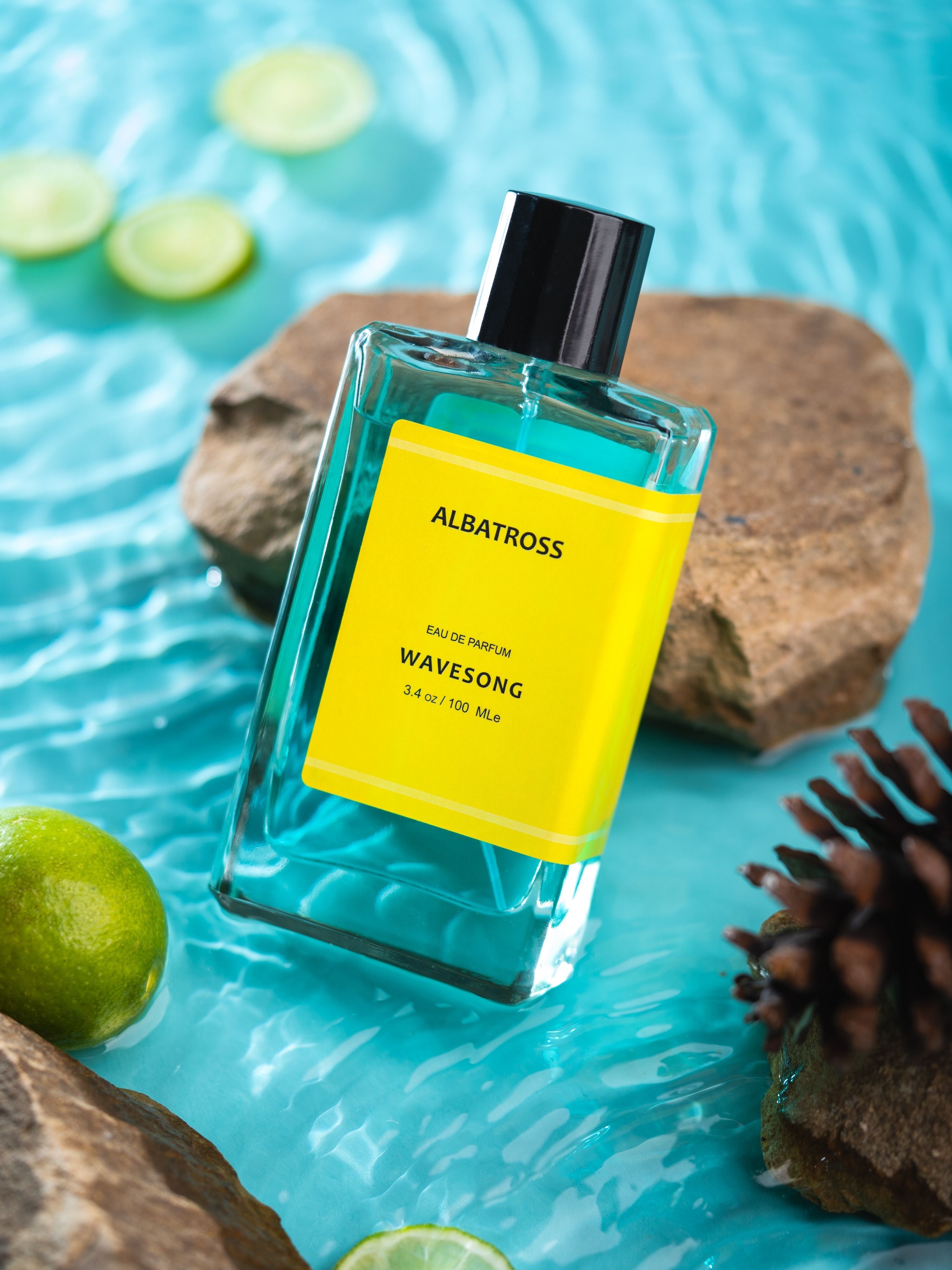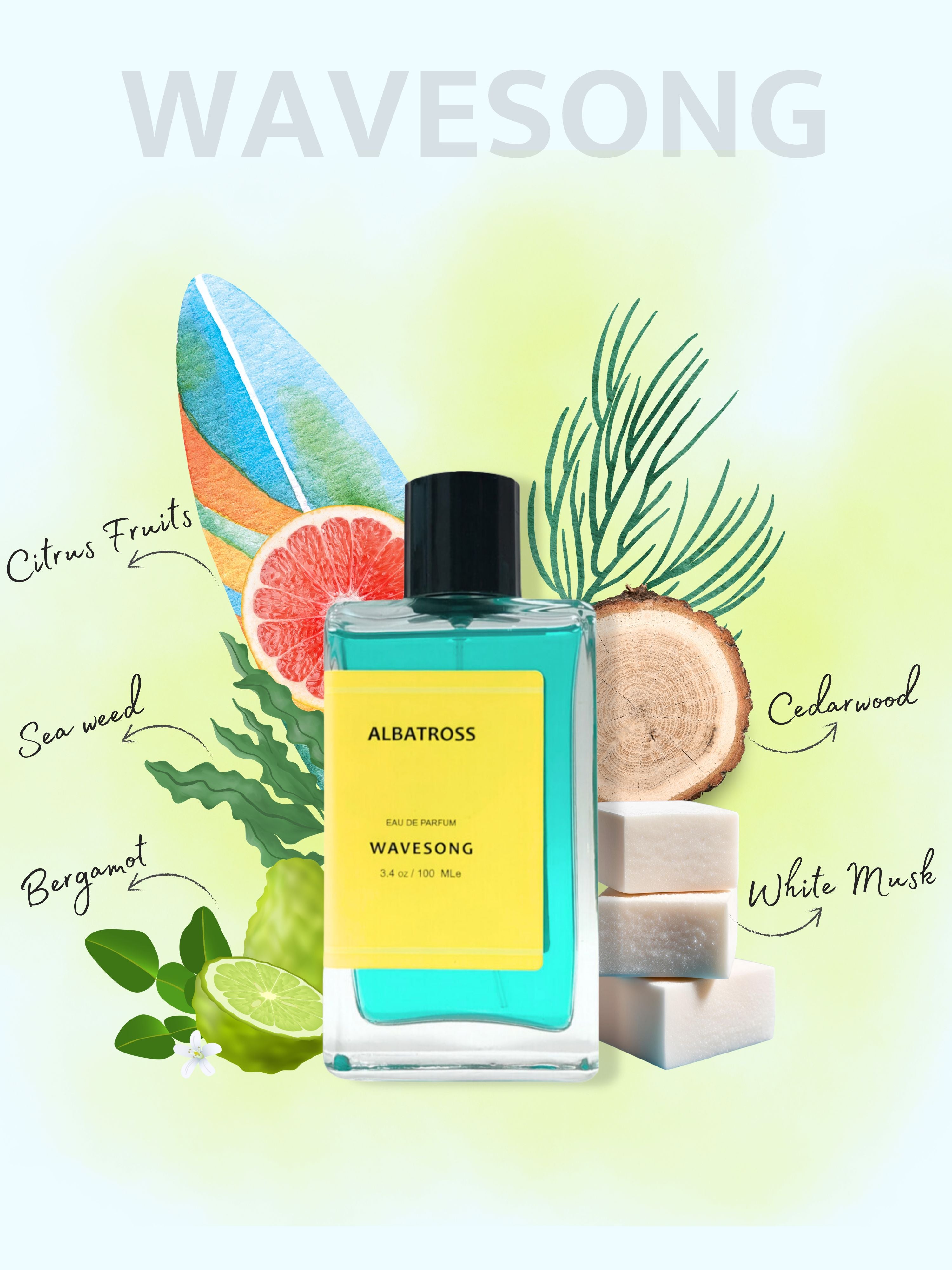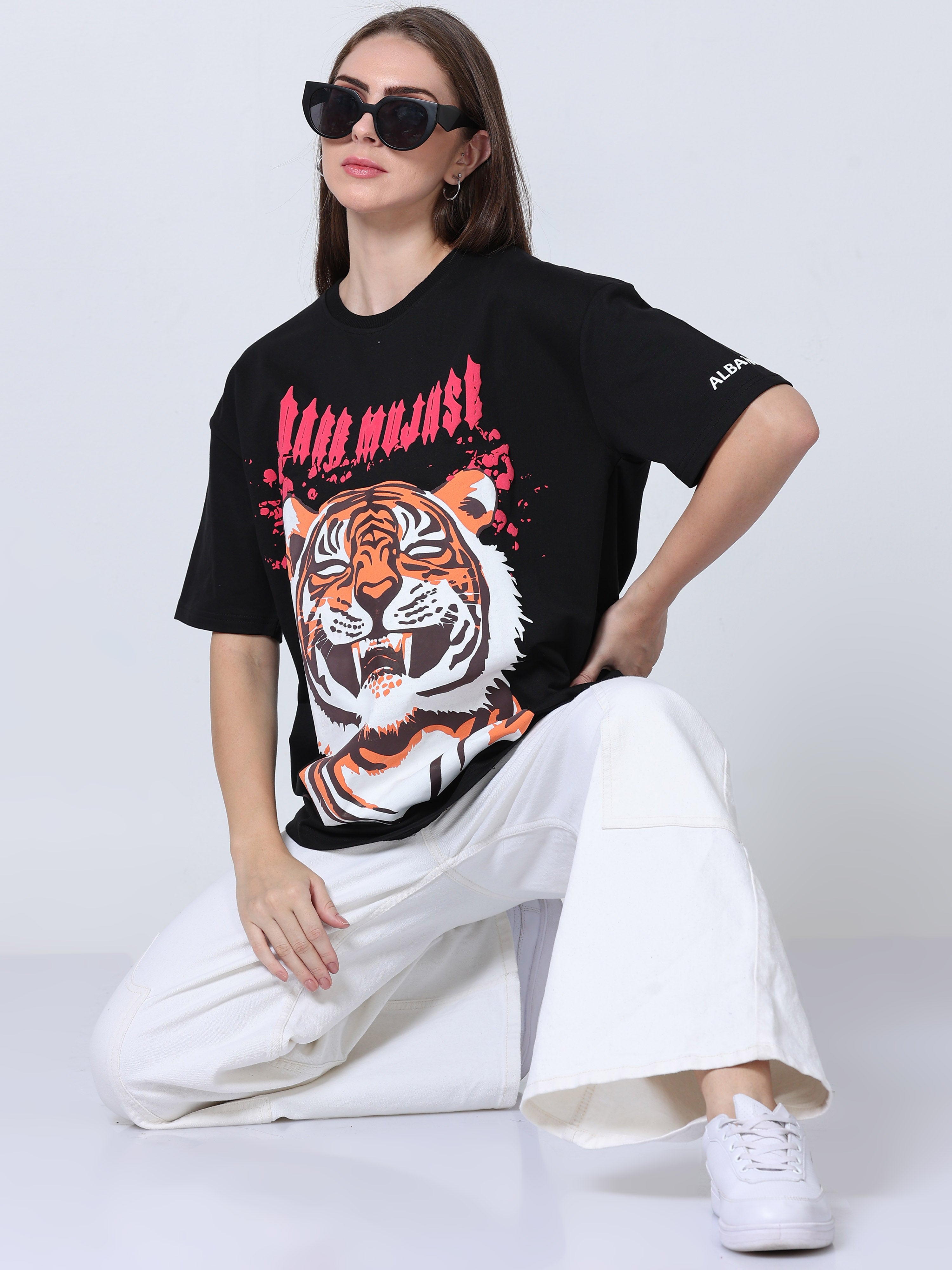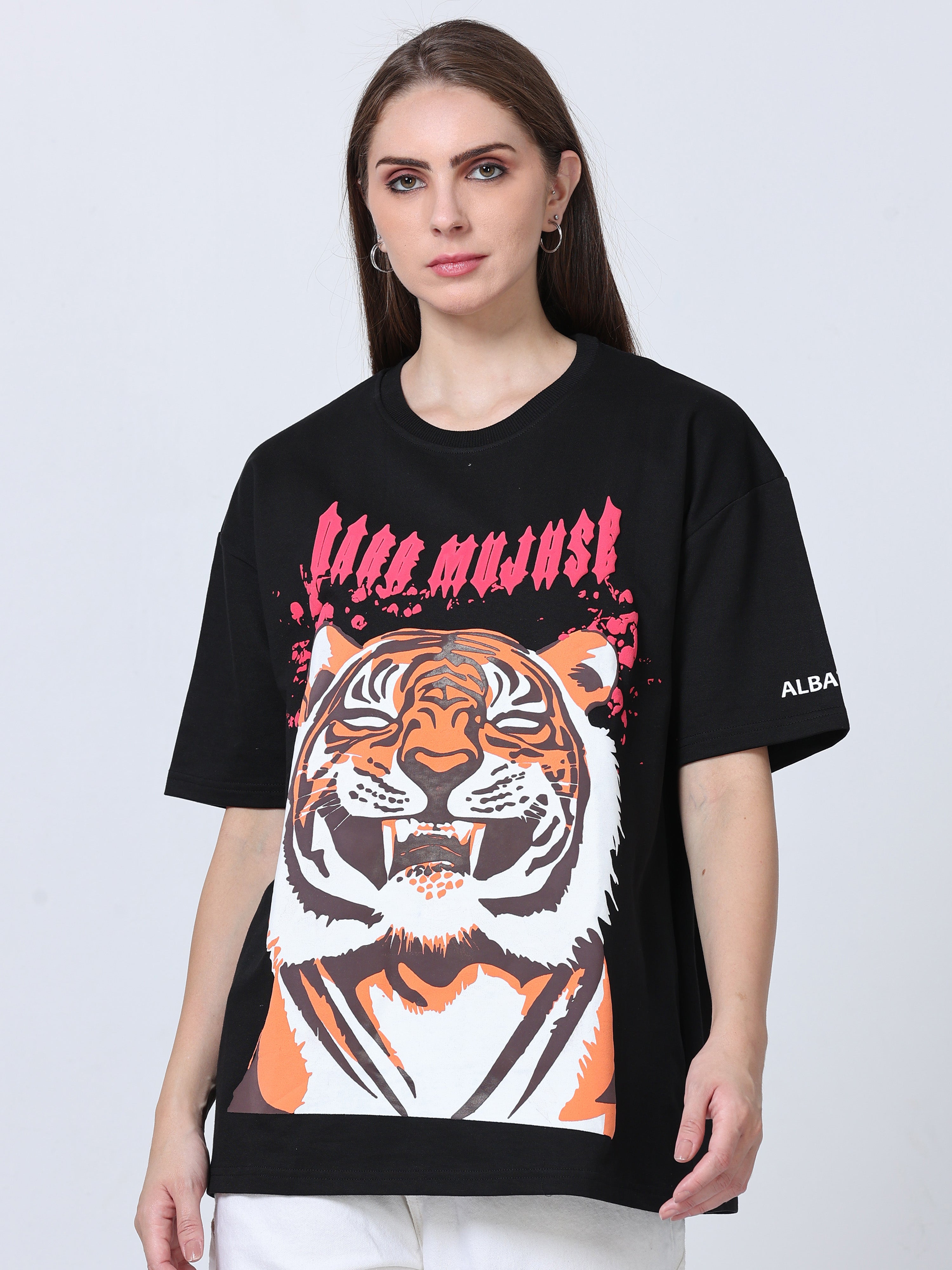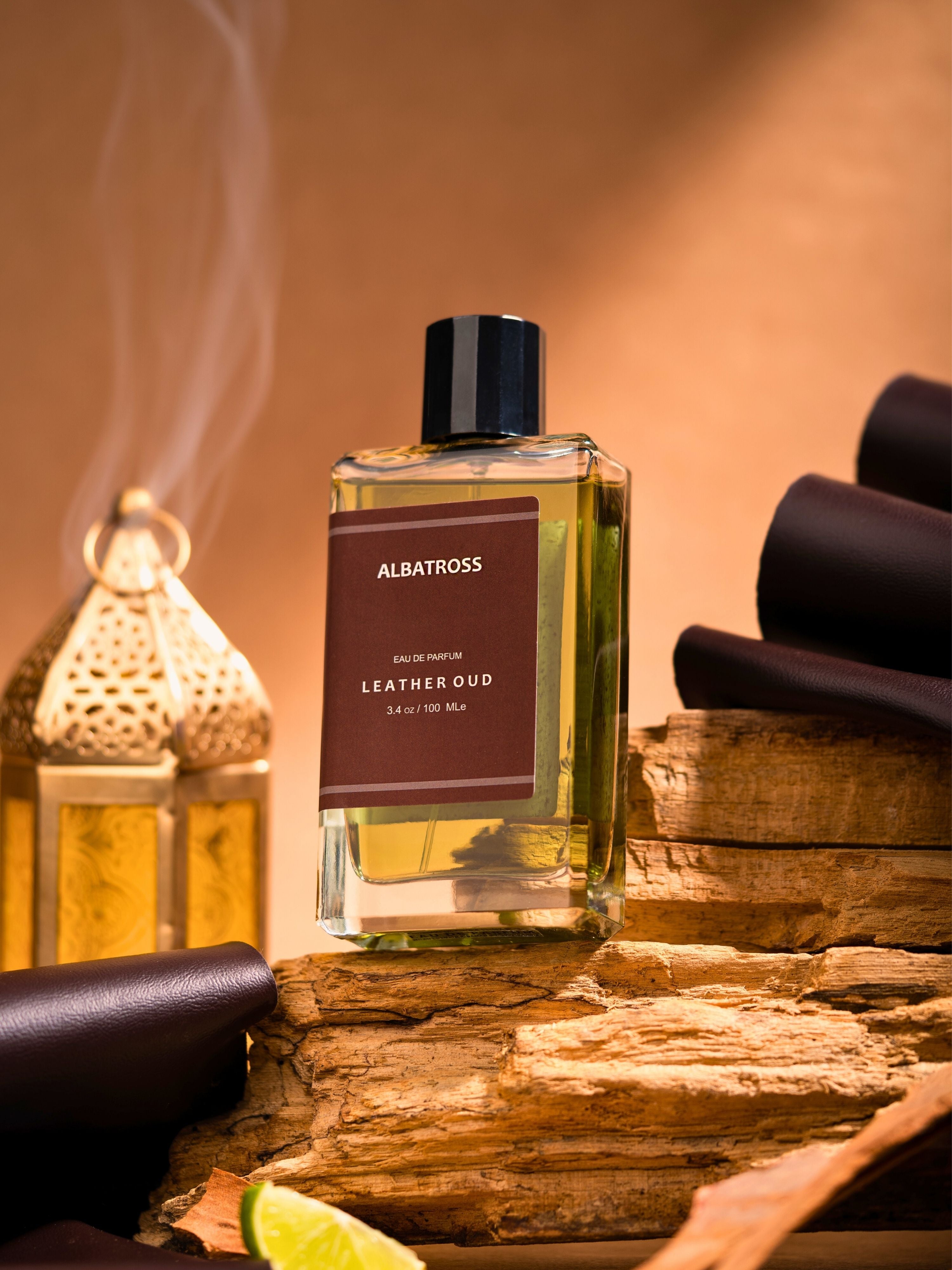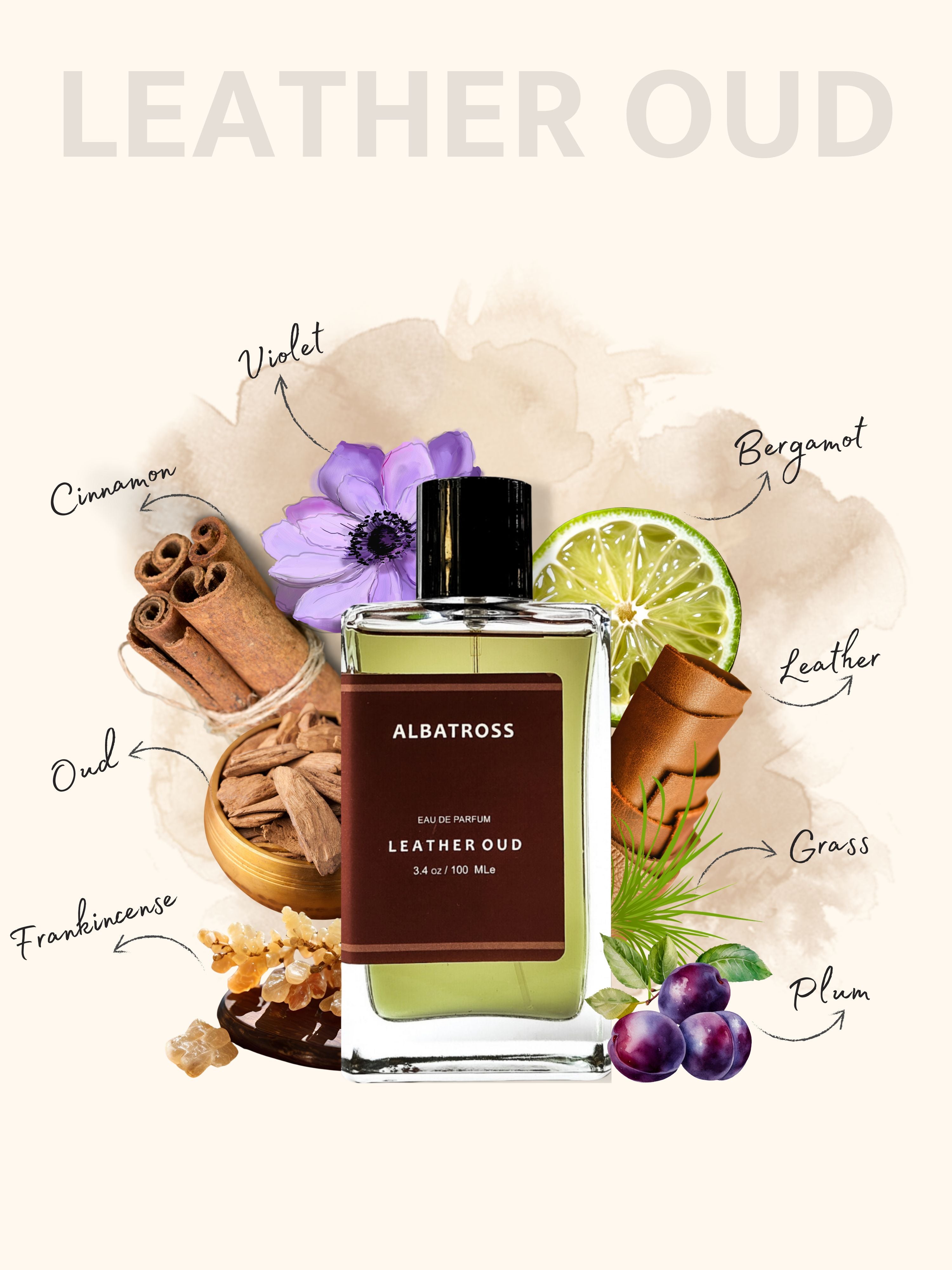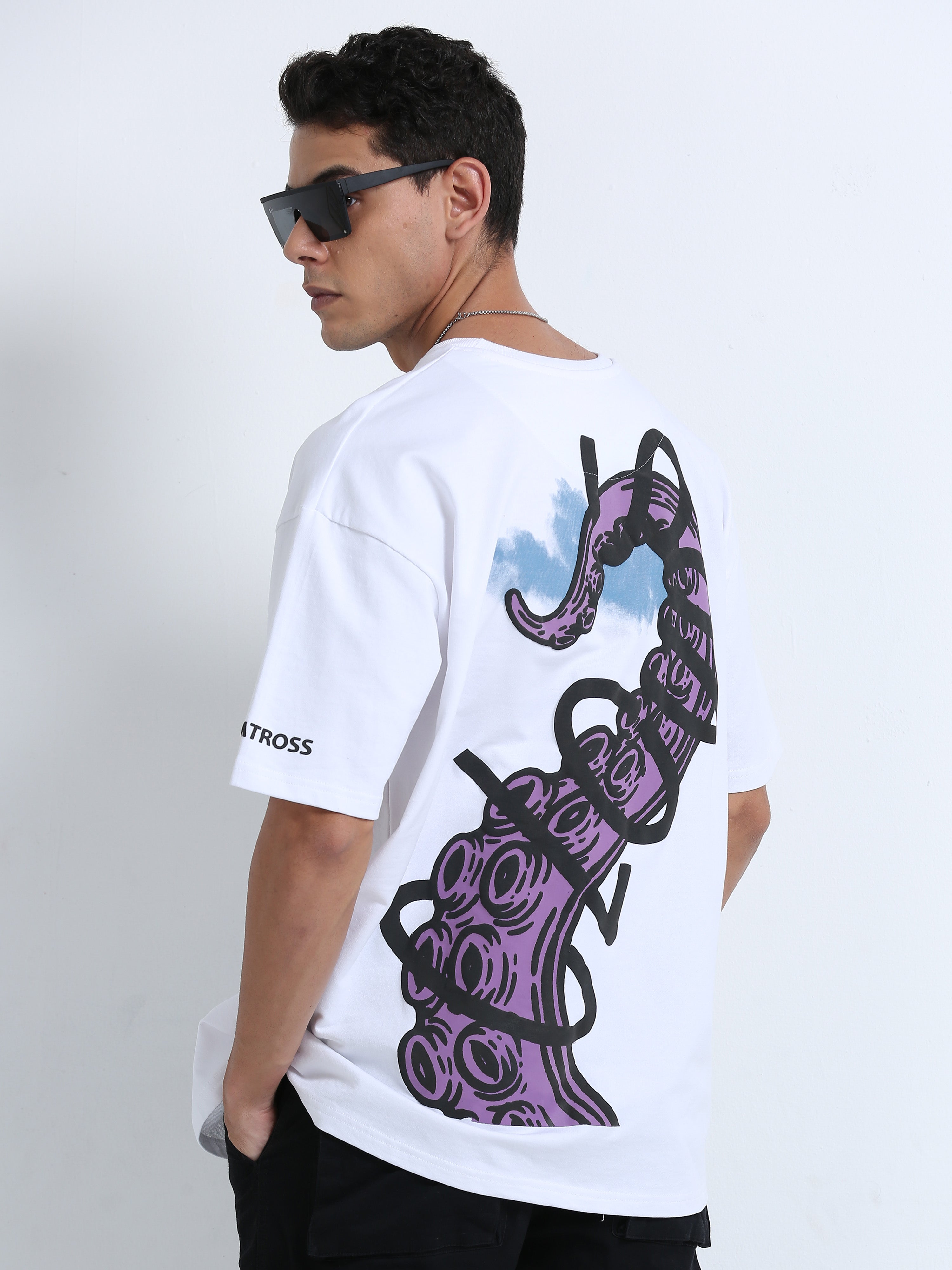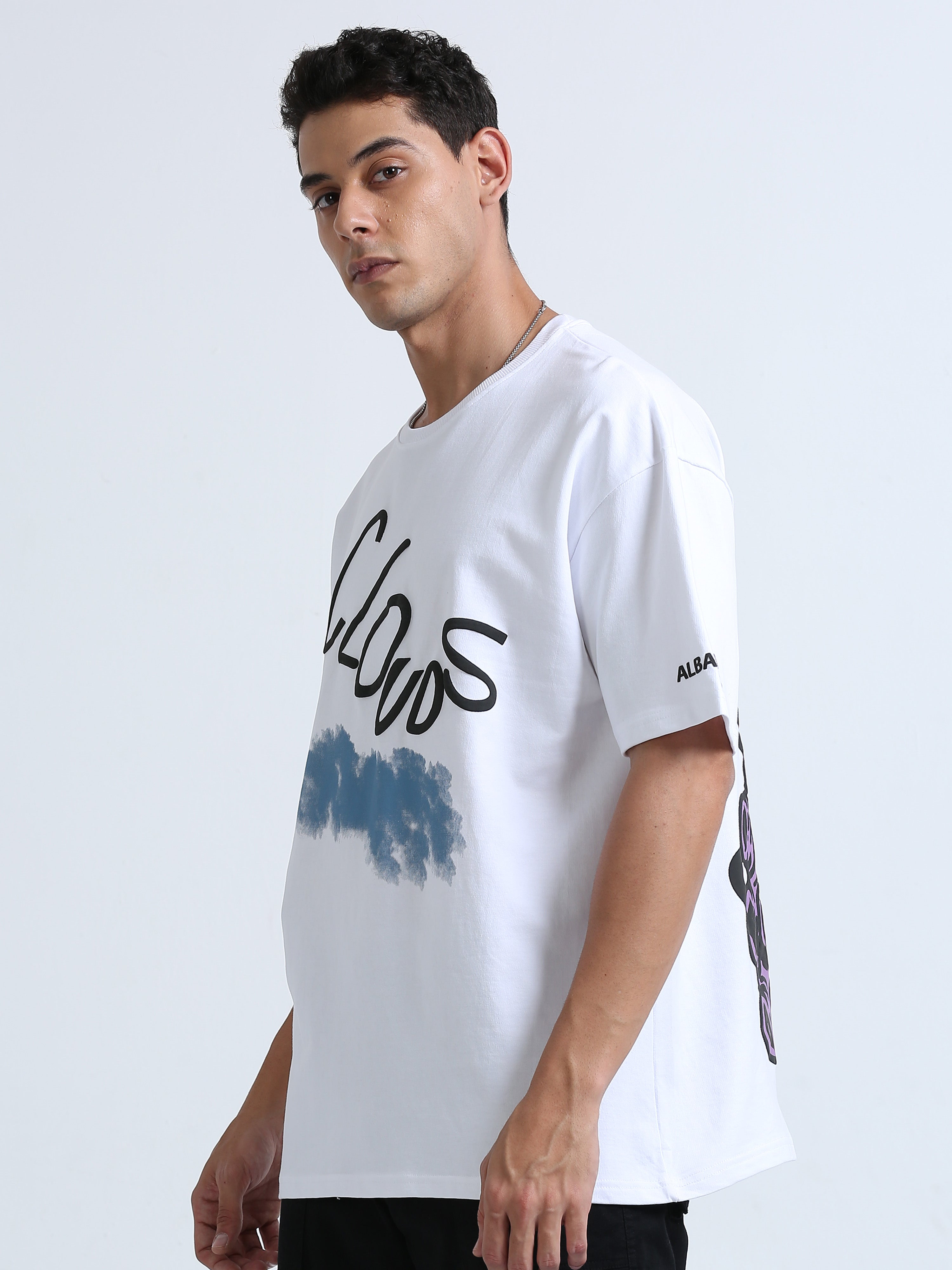The Evolution of Perfume: A Journey Through History and Modern Trends | Albatross clothing
Perfume has been a part of human culture for thousands of years, evolving from sacred rituals and medicinal uses to becoming a symbol of luxury and personal expression. The history of perfume is rich with stories of ancient civilizations, royal indulgence, and modern innovation. Today, the fragrance industry combines art and science to create scents that evoke emotion and reflect personality.
Let’s explore the fascinating journey of perfume from its ancient origins to the cutting-edge trends shaping the industry today.
Ancient Origins of Perfume
🌍 Egyptian Beginnings
Perfume-making can be traced back to ancient Egypt around 3,000 BCE. Egyptians used fragrant oils and resins in religious ceremonies, believing that scent connected them to the gods. Perfumes were also used in embalming rituals and to honor the dead.
- Common ingredients: Myrrh, frankincense, and lotus flower.
- Cleopatra famously used scented oils to enhance her allure, even scenting the sails of her ships with rose oil.
🏺 Mesopotamia and Persia
Mesopotamians and Persians advanced the art of distillation, refining techniques to extract oils from flowers and spices.
- Persian chemist Avicenna was one of the first to perfect the distillation of rose water.
- Fragrances were a symbol of wealth and power, often presented as gifts to royalty.
🏛️ Greek and Roman Influence
The Greeks and Romans adopted perfume from Egypt and Persia, incorporating it into daily life.
- The Greeks used scented oils for bathing and athletic events.
- Romans built public perfumeries and experimented with mixing different floral and spice notes.
Perfume in the Middle Ages
After the fall of the Roman Empire, the use of perfume declined in Europe. However, the practice was preserved in the Middle East.
- Arabic chemists refined distillation techniques and introduced new ingredients like musk and ambergris.
- The Crusaders brought these techniques and ingredients back to Europe, sparking a renewed interest in perfume.
By the 14th century, the Italian city of Florence became a center for perfume production. The first alcohol-based perfume, “Hungary Water,” was created for Queen Elizabeth of Hungary, marking the beginning of modern perfumery.

The Renaissance and the Rise of French Perfumery
France emerged as the global center of perfume production during the Renaissance.
- Perfume became a symbol of wealth and status among European royalty.
- Catherine de’ Medici brought Italian perfume-making techniques to France when she married Henry II.
- The city of Grasse became the perfume capital of the world due to its ideal climate for growing jasmine, lavender, and roses.
By the 18th century, French perfumers developed sophisticated distillation and blending techniques, creating complex scents that remain influential today.
Perfume in the Modern Era
The 20th century marked a turning point in the perfume industry, with the introduction of synthetic ingredients and commercial branding.
🏙️ Chanel №5 (1921)
Coco Chanel revolutionized the industry with Chanel №5 — the first perfume to use aldehydes (synthetic molecules) to create a clean, powdery scent.
- The success of Chanel №5 set the stage for modern luxury perfumes.
🌸 Designer Perfumes (1950s–1970s)
Fashion houses like Christian Dior, Yves Saint Laurent, and Gucci began releasing their own signature perfumes.
- Perfume became an extension of a designer’s brand identity.
- The rise of celebrity endorsements also boosted perfume sales.
🖥️ Niche and Artisan Perfumes (1980s–2000s)
The late 20th century saw the rise of independent and niche perfume houses.
- Small-batch production allowed for more creative freedom and unique scents.
- Oud, a resin from the agarwood tree, became a sought-after luxury ingredient.
🌿 Eco-Friendly and Vegan Perfumes (2010s–Present)
As consumers became more conscious of environmental issues, perfume brands adapted by offering natural, cruelty-free, and eco-friendly options.
- Brands now focus on sustainable sourcing and biodegradable packaging.
- The demand for gender-neutral and unisex perfumes has also increased.
Popular Perfume Ingredients and Their Meanings
Each perfume ingredient carries a distinct personality and emotional impact:
🌹 Floral Notes
- Common ingredients: Rose, jasmine, lily, peony.
- Symbolizes romance, elegance, and femininity.
🌲 Woody Notes
- Common ingredients: Sandalwood, cedarwood, vetiver.
- Represents strength, warmth, and sophistication.
🍋 Citrus Notes
- Common ingredients: Lemon, bergamot, orange.
- Evokes freshness, energy, and lightness.
🌿 Green Notes
- Common ingredients: Basil, grass, tea leaves.
- Reflects nature, calmness, and balance.
🥥 Gourmand Notes
- Common ingredients: Vanilla, caramel, chocolate.
- Conveys warmth, indulgence, and comfort.
🌄 Oriental Notes
- Common ingredients: Musk, amber, patchouli.
- Represents sensuality, mystery, and exoticism.
How Modern Trends Are Shaping the Perfume Industry
🔥 Personalized Perfumes
Brands are now offering customized fragrances based on individual preferences and body chemistry.
- AI and data analysis are used to recommend scents.
- Personalized engraving and bottle designs are also trending.
🌈 Gender-Neutral Scents
The traditional divide between “men’s” and “women’s” perfumes is fading.
- Gender-neutral scents often focus on fresh, woody, and green notes.
- Brands like Le Labo and Byredo have pioneered this trend.
🖥️ Digital Sampling and Virtual Try-Ons
Technology is changing the way perfumes are sold.
- Virtual “scent discovery” tools allow customers to explore fragrances online.
- Subscription-based sampling services are becoming more popular.
Future of the Perfume Industry
The perfume industry is expected to grow significantly over the next decade, driven by technological innovation and changing consumer preferences.
- Sustainable and biodegradable ingredients will become the norm.
- AI-generated perfumes tailored to personal scent profiles will become mainstream.
- The rise of wearable technology may integrate perfume with body chemistry monitoring for dynamic scent adaptation.
Conclusion
Perfume has come a long way from its ancient origins in Egyptian temples to the designer bottles on modern vanity tables. Its evolution reflects not only advancements in chemistry and technology but also shifts in culture and personal identity.
Whether you’re drawn to a timeless floral scent or a bold oriental fragrance, perfume remains a powerful form of self-expression. As trends continue to evolve, one thing is certain: the art of perfumery will always hold a special place in human history and culture.









